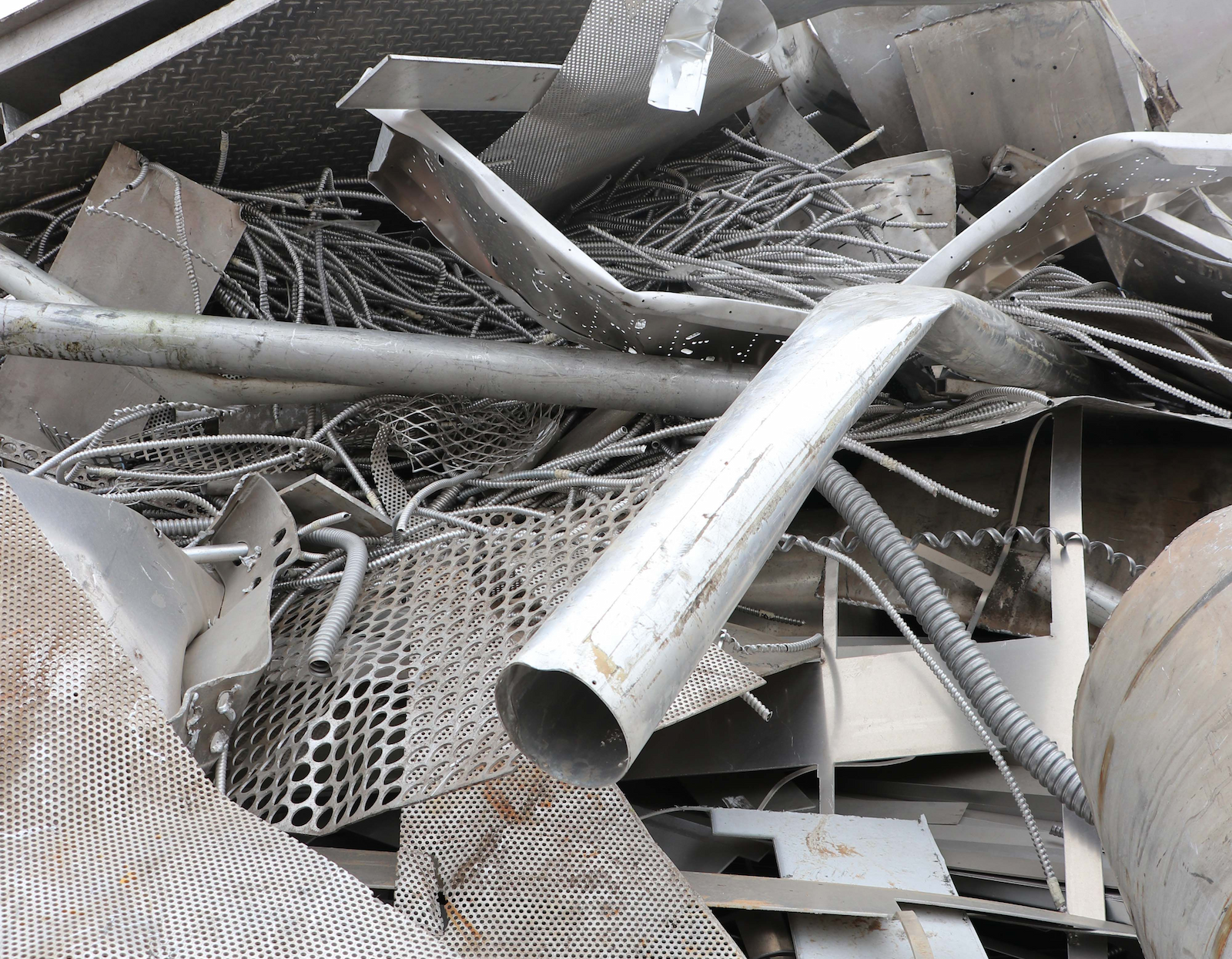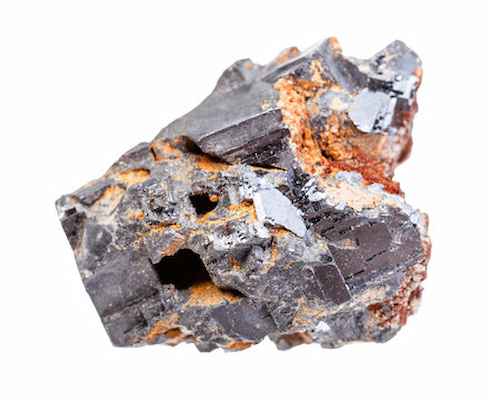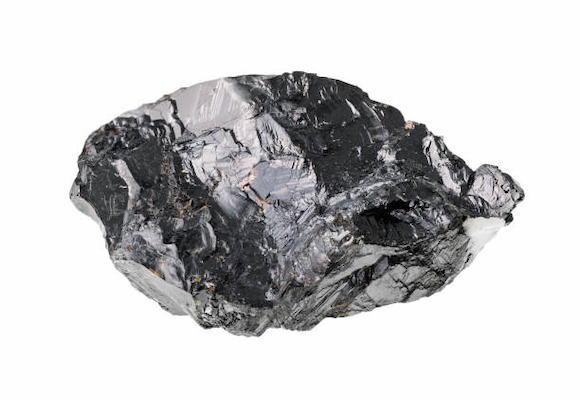
Do you want to get into recycling or trading scrap metal? The type of metal you work with can make a big difference in the overall value you receive and how you recycle. For beginners, non-ferrous metals are a great starting point to learn about the different types of scrap metal.
In this article, we will be discussing what non-ferrous metals are, how they are different from ferrous metals, and go into detail on some of the best non-ferrous metals examples that fall into this category.
First, let’s talk about the difference between ferrous and non-ferrous metals.
What’s The Difference Between Ferrous and Non-Ferrous Metal?
You may be thinking to yourself that you can’t possibly learn all of the different types of metals. With so many different metals, where do you even begin when it comes to recycling? Well, we can begin by splitting them into two main categories: ferrous and non-ferrous metals.
The main difference between ferrous and non-ferrous metals is that ferrous metals contain iron while non-ferrous metals do not. Non-ferrous metals have been around long before ferrous metals and the Iron Age.
Because of this, there are several differences between ferrous and non-ferrous metals.
So, what are they?
Key Characteristics of Ferrous Metals
Due to their strength and durability, ferrous metals are best suited for the construction industry. In fact, ferrous metals are typically:
- Magnetic
- Easy to work with
- Relatively inexpensive
- Incredibly strong
- Durable
- More likely to rust
Ferrous metals are also more common and there is more of a supply, making them less expensive than non-ferrous metals.
Key Characteristics of Non-Ferrous Metals
On the other hand, non-ferrous metals are usually:
- Non-magnetic
- Lighter
- More expensive
- Malleable
- Easy to fabricate
- High corrosion resistance
- Good thermal and electrical conductivity
- Low density
- Colorful
Because non-ferrous metals are less likely to corrode, they are ideal for items that experience repeated exposure to water and other elements.
Why is it Important to Know the Difference Between Ferrous and Non-Ferrous Metals?
In short, non-ferrous metals are more valuable than ferrous metals.
Therefore, you want to be able to separate the two when you go to trade or recycle your metal to get the best deal. If all your metals are mixed together in a bin the facility will consider them all ferrous, making you lose out on possible income.
Now, let’s dig a little deeper into which metals are considered non-ferrous metals.
Common Non-Ferrous Metals Examples
Here’s a fact: there are a wide variety of metals that are considered non-ferrous. In fact, almost all pure metals are non-ferrous. This is true for all except iron, also known as ferrite, or Ferrum, meaning iron in Latin.
Some of the more common non-ferrous metals examples that you probably work with include:
- Aluminum
- Copper
- Lead
- Zinc
Now that you understand which metals are non-ferrous, let’s go into more detail on the common non-ferrous metals you come into contact with on the day-to-day.
Aluminum

Aluminum is silver-colored and is very malleable, when anodized, making it easy to be machined or welded. Although it can be easy to work with, it cannot withstand high temperatures. With that being said, it should not be used in harsh environments.
Because it is lightweight, it is frequently used in manufacturing aircrafts and food cans as well as building cars, railways, and even kitchen utensils.
Copper

Copper is a reddish-brown color that can turn green in a chemical reaction with oxygen, hence the Statue of Liberty being green. Used by the electrical industry for wiring, Copper is highly conductive for electricity. Additionally, copper is used in sheet roofing, cartridge cases, statutes, and bearings.
Copper is also used to make brass, copper-based alloys like copper with zinc. While in its unalloyed state, it is not very strong. On the contrary, once alloyed with other metals, it can be quite durable.
Lead

Lead is a very malleable metal that can withstand corrosion from moisture and other harsh environments. It is a bluish-gray metal that is naturally in the earth’s crust but can be toxic.
This makes it popular for electrical power cables, batteries, and the construction of buildings.
Zinc

Zinc is not very strong and has a low melting point, making it easy to be machined.
It is mainly used for galvanizing, which is the process of adding a protective zinc coating to either iron or steel in order to prevent rusting.
Nickel

Nickel is one of the stronger non-ferrous metals and can withstand both high and low temperatures. Just like some of its other counterparts like copper and aluminum, it is often alloyed with other metals.
Where to Find Non-Ferrous Metals
While we’ve briefly touched on some of the metals’ applications, here is a list of places you will find non-ferrous metals:
- Aluminum cans
- Aluminum foil
- Airplane and other aerospace parts
- Coins
- Wires
- Marine equipment
- Plumbing
- Tooling
- Cookware
So, what should you do if you are no longer using your non-ferrous metals or if you want to scrap your non-ferrous metals? Keep reading to learn how to properly recycle your metal and make a profit at the same time!
Recycle Your Non-Ferrous Metals with GLE Scrap
Get the most value out of your non-ferrous metals by either recycling them or trading them with GLE Scrap Metal, a trusted processing and brokerage facility.
We offer non-ferrous processing services to the general public, demolition companies, and private businesses in order to help the sustainability of the environment, all while maximizing efficiencies and revenues for you or your business. We also provide safe, clean, environmentally-friendly facilities filled with dedicated professional staff ready to help you!
Ready to get started? Visit our website or call 855-SCRAP-88 to request a quote.



